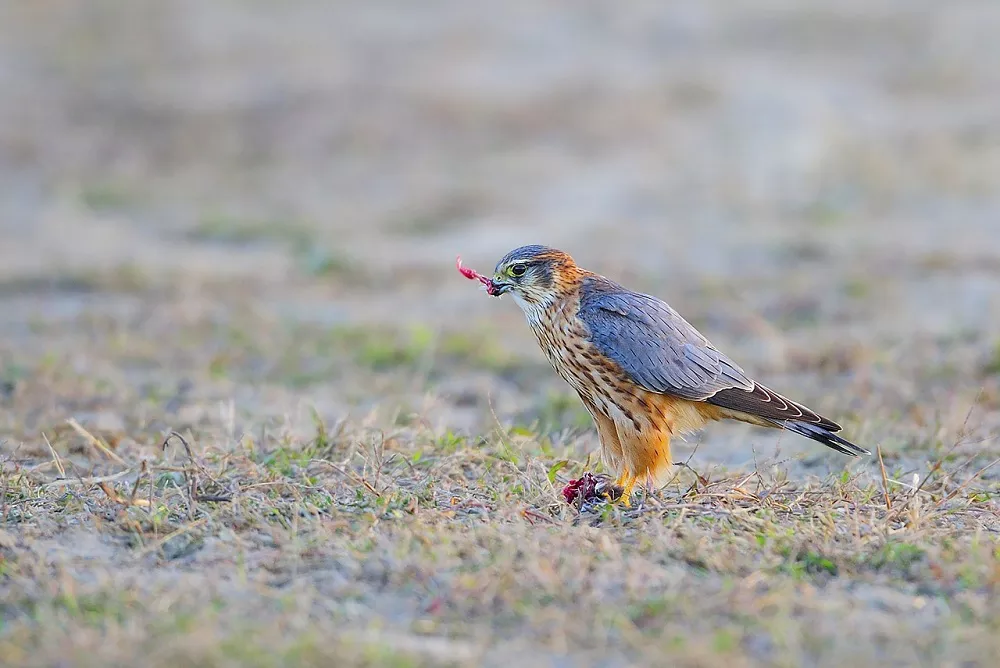Merlin falcon (Falco columbarius) is a small, swift-flying bird of prey that belongs to the falcon family. It is widely distributed across the Northern Hemisphere, from the Arctic tundra to the Mediterranean region, and from North America to northern Asia. The merlin falcon is known for its speed, agility, and hunting prowess, which have earned it the nickname of “pigeon hawk” due to its predilection for hunting small birds such as pigeons.
Many people wonder whether the merlin falcon is a peregrine falcon, another bird of prey that is well-known for its hunting skills and impressive speed. While these two birds share many similarities, they are distinct species with different characteristics.
Firstly, the merlin falcon is much smaller than the peregrine falcon. While a peregrine falcon can weigh up to 1.5 kg and have a wingspan of up to 1 meter, the merlin falcon weighs only around 200-300 grams and has a wingspan of up to 65 cm. This size difference is significant and makes it easy to distinguish between the two birds.
Secondly, the two species have different hunting strategies. While both are known for their speed and agility, the peregrine falcon is a high-speed hunter that typically hunts larger birds, such as ducks or pigeons, by diving on them from above at speeds of up to 240 km/h. The merlin falcon, on the other hand, is a low-flying hunter that hunts small birds, such as sparrows or finches, by chasing them through bushes and trees or by ambushing them from a perch.
Finally, the two species have different plumage. While both have a blue-gray back and wings, the peregrine falcon has a distinctive black “mustache” or “sideburns” below its eyes, as well as a dark cap on its head. The merlin falcon, in contrast, has a lighter, streaked breast and lacks the black markings on its face.
In conclusion, while the merlin falcon and the peregrine falcon are both birds of prey that share many characteristics, they are distinct species with different physical and behavioral characteristics. While it is easy to confuse the two at a distance, a closer look at their size, hunting strategies, and plumage will reveal their differences.


 Facebook
Facebook  Instagram
Instagram  Youtube
Youtube 